Disclosure: This article contains affiliate links. We may earn a commission from purchases at no extra cost to you, which helps our travel content.
When most travelers think Dominican Republic, their minds immediately conjure images of white-sand beaches and turquoise waters. But tucked away from the coastal resorts lies La Vega province, home to the majestic Cordillera Central mountain range and Pico Duarte, the Caribbean's highest peak. After spending a month exploring this region's trails, connecting with local artisans, and waking to misty mountain sunrises, I'm convinced this highland paradise is the DR's best-kept secret for adventure seekers and craft enthusiasts alike.
The Majestic Cordillera Central: More Than Just a Mountain Range
The Cordillera Central isn't just a mountain range—it's the backbone of Dominican identity. Rising dramatically from the central highlands, these peaks create a microclimate that feels worlds away from the tropical beaches just hours away. My journey began in Jarabacoa, La Vega's adventure capital, where pine-scented air and cooler temperatures immediately signaled I'd entered a different Dominican Republic.
The range houses Pico Duarte (3,098m), which demands a challenging multi-day trek worthy of your hiking boots. But what captured my heart were the lesser-known trails connecting remote communities where traditional craft-making continues much as it has for generations.
While planning this trip at my desk in Guadalajara, I'd researched extensively but nothing prepared me for the raw beauty of these mountains. The geological diversity reminded me of the Andean landscapes I fell in love with during my time in Chile, but with a distinctly Caribbean character that manifests in the vibrant local culture and unexpected bursts of tropical vegetation at lower elevations.
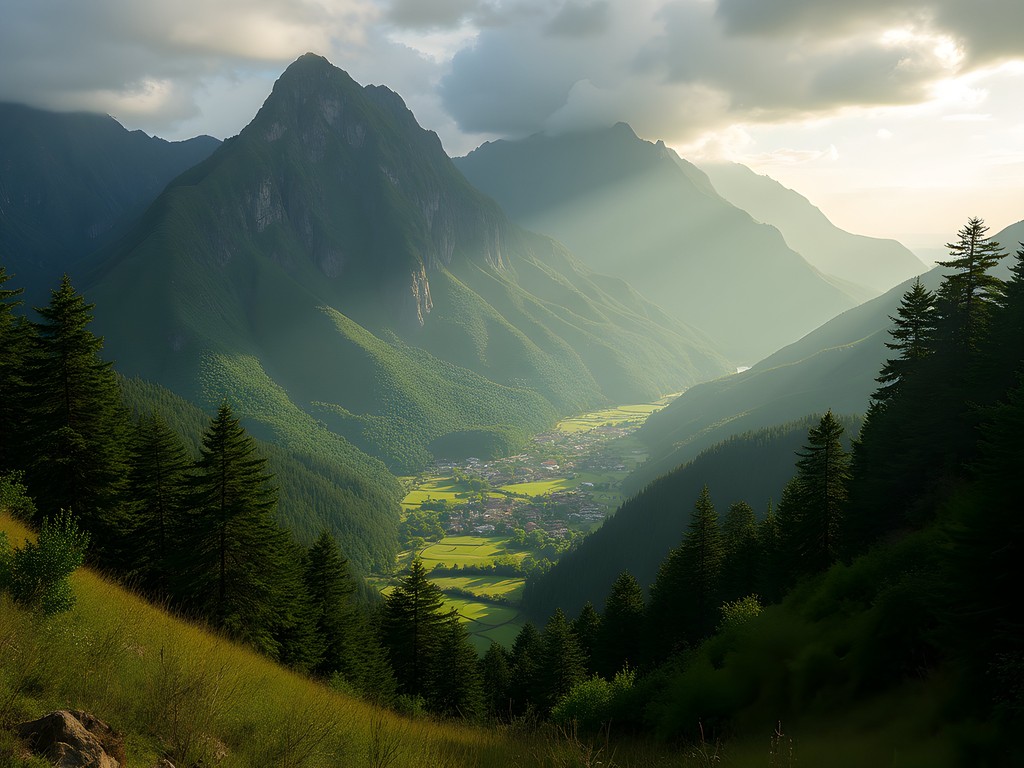
💡 Pro Tips
- Acclimate for at least a day in Jarabacoa before attempting higher elevation hikes
- Learn basic Spanish phrases related to directions and hiking - English is limited in remote areas
- Register with local guides for all major hikes, even if you're experienced
The Pico Duarte Challenge: Conquering the Caribbean's Highest Peak
The crown jewel of any serious mountaineer's visit to La Vega is undoubtedly the ascent of Pico Duarte. Standing at 3,098 meters (10,164 feet), this is no casual day hike—it's a multi-day expedition requiring proper preparation and equipment. The standard route from La Ciénaga takes 2-3 days, though I opted for the less-traveled but more scenic 4-day route from Los Tablones that allowed me to experience more ecological zones and remote communities.
The journey begins in dense pine forests before transitioning to cloud forests draped in ethereal mist and finally to the alpine zone with its windswept vegetation. Temperatures drop dramatically at night—I was grateful for my down sleeping bag as temperatures dipped to near freezing at our highest camp.
What makes this trek special isn't just the achievement of standing atop the Caribbean's highest point—it's the journey through changing ecosystems and the camaraderie formed with local guides who share stories of mountain lore passed down through generations. My guide Manuel pointed out medicinal plants his grandmother had taught him to identify and shared how the mountain's weather patterns influence traditional craft-making in the villages below.
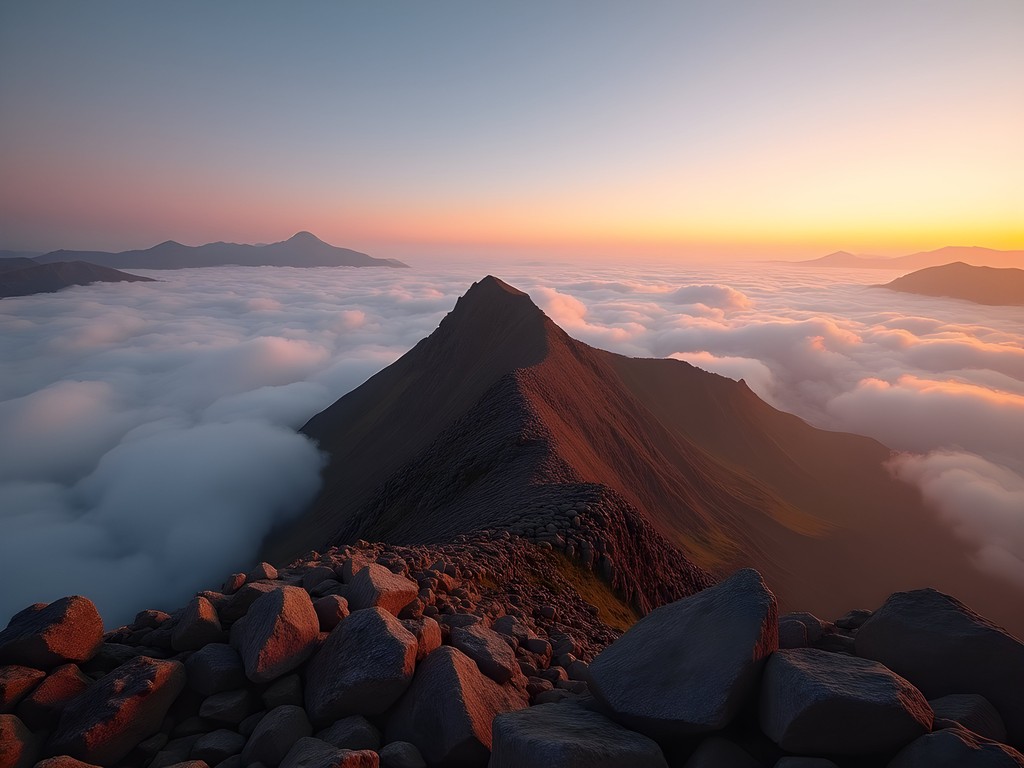
💡 Pro Tips
- Book guides at least a week in advance through reputable agencies in Jarabacoa
- Pack layers - temperatures can range from 25°C (77°F) during the day to near freezing at night at higher camps
- Training with a loaded pack at elevation before your trip will make the experience much more enjoyable
Artisan Trails: Where Craftsmanship Meets Mountain Culture
What truly sets La Vega apart from other mountain destinations I've explored is the vibrant artisan culture that thrives in its highland villages. Growing up watching my father's intricate woodworking, I've always been drawn to places where traditional crafts persist, and La Vega delivered beyond my expectations.
In the village of Tireo, I spent two days with a collective of women weavers who create textiles using techniques that blend indigenous Taíno patterns with Spanish colonial influences. Their workshop sits on a mountainside with panoramic views that seem to inspire their color choices—earthy browns and greens punctuated by vibrant yellows and blues that mirror the landscape.
Further into the mountains, the hamlet of El Río is known for its woodcarvers who transform local pine and mahogany into everything from practical kitchen implements to elaborate masks used in traditional celebrations. I couldn't resist purchasing a hand-carved mortar and pestle that reminded me of one my Lebanese grandmother used for making kibbeh.
To document these crafts properly, I relied heavily on my mirrorless camera with its silent shooting mode that allowed me to capture authentic moments without disrupting the artisans' concentration. The camera's excellent low-light performance proved invaluable in the often dimly-lit workshops.

💡 Pro Tips
- Arrange visits to artisan workshops through your accommodation in Jarabacoa for the best experience
- Bring cash in small denominations as credit cards aren't accepted in remote villages
- Learn about the cultural significance of designs before purchasing—many patterns tell specific stories
Salto Jimenoa: La Vega's Hidden Waterfall Paradise
When your legs need a break from mountain ascents, La Vega offers spectacular waterfall hikes that deliver maximum reward for moderate effort. The twin Jimenoa waterfalls near Jarabacoa became my go-to recovery day activity between more strenuous expeditions.
Salto Jimenoa Uno, the larger of the two falls, plunges dramatically about 60 meters into a swimmable pool surrounded by lush vegetation. The trail to reach it involves a moderately challenging 30-minute hike with some steep sections and river crossings—I was thankful for my water shoes that provided grip on slippery rocks while draining quickly after each crossing.
The less-visited Salto Jimenoa Dos requires a more challenging approach but rewards with solitude and an intimate swimming hole where the water is so clear you can see every pebble beneath the surface. I spent an entire afternoon here sketching the falls and chatting with a local guide who shared stories of how these waters feature in indigenous Taíno mythology.
What struck me most about these falls wasn't just their beauty, but how they've shaped local craft traditions. In nearby workshops, I found artisans creating jewelry inspired by the water's flow patterns and woodcarvings that capture the falls' distinctive silhouettes—another beautiful example of how landscape influences creative expression.
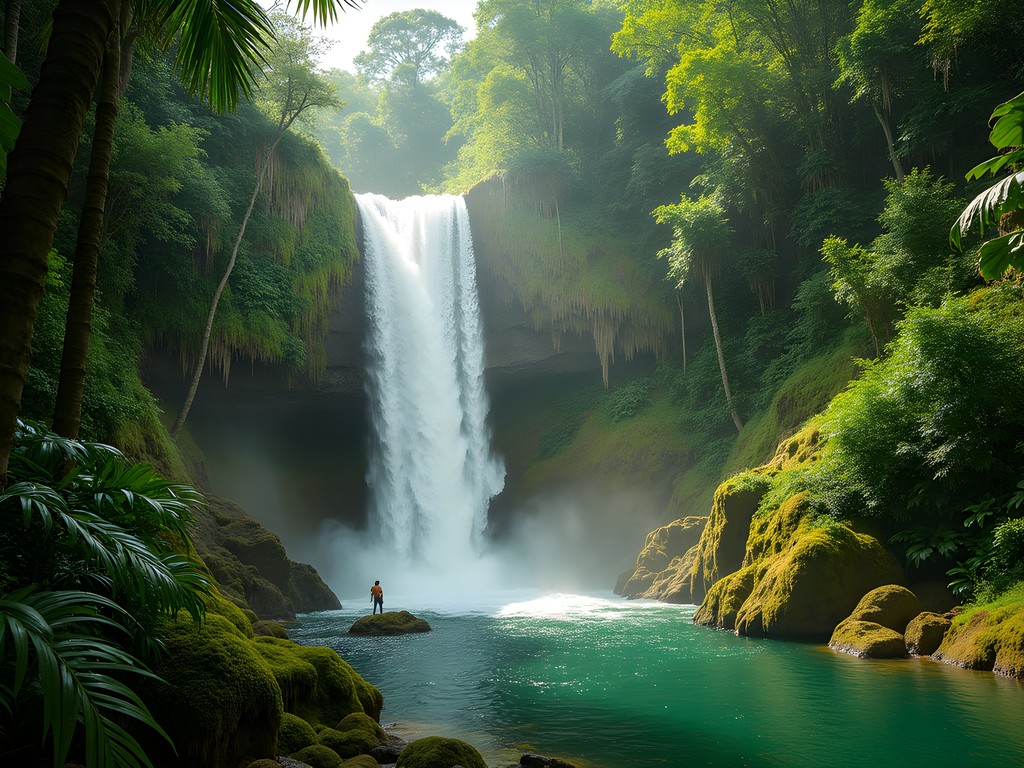
💡 Pro Tips
- Visit early morning (before 10am) to avoid crowds, especially at Salto Jimenoa Uno
- Pack a dry bag for electronics if you plan to swim—afternoon rainstorms can appear suddenly
- Hire a local guide for Salto Jimenoa Dos as the trail isn't well-marked
Mountain Cuisine: Fueling Your Adventure with Local Flavors
The mountain cuisine of La Vega deserves special recognition as both cultural experience and practical fuel for challenging hikes. Unlike the seafood-heavy dishes of coastal regions, here you'll find hearty, calorie-dense meals perfect for replenishing after a day on the trails.
La Bandera Dominicana (rice, beans, and meat) forms the foundation of most meals, but with mountain variations that incorporate local herbs and cooking techniques. In higher-elevation villages, slow-cooked sancocho stew becomes thicker and more robust, often featuring local root vegetables I hadn't encountered elsewhere.
What fascinated me most was seeing how kitchen tools connected to the craft traditions I was documenting. Many restaurants and homes use hand-carved wooden spoons and bowls made by the same artisans whose workshops I'd visited. This connection between functional craft and daily life reminded me of my father's woodworking—how objects made with care elevate everyday experiences.
For multi-day treks, I supplemented local meals with energy bars that provided reliable nutrition during long stretches on the trail. However, the highlight of my Pico Duarte trek was when our guide prepared traditional mountain coffee at dawn—boiled directly in a pot with raw sugar and served in hand-carved wooden cups as we watched sunrise paint the peaks gold.
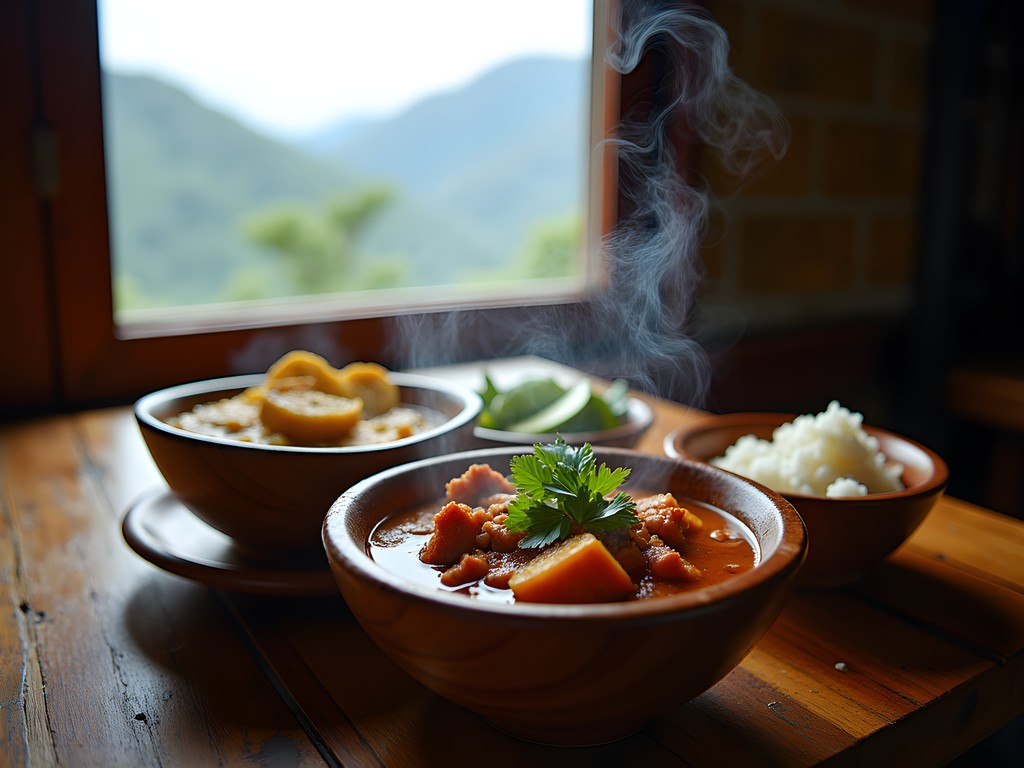
💡 Pro Tips
- Try locrio (Dominican rice dish) with longaniza sausage—a La Vega specialty perfect for pre-hike carb-loading
- Book accommodations that include breakfast as many trailheads require early starts before restaurants open
- Carry more water than you think you'll need—mountain exertion at altitude increases hydration needs dramatically
Final Thoughts
As I packed my hiking daypack for the last time in La Vega, carefully wrapping my artisan purchases between layers of clothing, I realized this mountain region had fundamentally changed my perception of the Dominican Republic. Beyond its famous beaches lies this highland world where craft traditions thrive, challenging trails await, and the rhythms of mountain life continue largely unchanged by mass tourism.
The Cordillera Central offers advanced hikers a rare combination: genuinely challenging terrain, rich cultural encounters, and the satisfaction of exploring paths less traveled. Whether you're summit-seeking on Pico Duarte, connecting with artisans in mountain villages, or simply soaking in the magic of misty mornings among the pines, La Vega rewards those willing to venture beyond the expected.
As we craft our journeys through this world, there's something profound about places where natural beauty and human creativity intersect so seamlessly. Like a well-made textile where every thread serves both function and beauty, La Vega weaves together adventure and artistry in ways that will call you back long after your footprints have faded from its mountain paths.
✨ Key Takeaways
- La Vega offers advanced hiking experiences that rival major international destinations while remaining relatively undiscovered
- Plan for dramatic temperature variations—the mountains can be 15°C cooler than coastal areas
- Connecting with local artisans provides deeper cultural understanding and supports traditional crafts
📋 Practical Information
Best Time to Visit
December through February (dry season with clear mountain views)
Budget Estimate
$800-1200 USD for one week including guided treks, mid-range accommodation, and meals
Recommended Duration
Minimum 7 days to acclimate and experience major highlights
Difficulty Level
Advanced - Requires Good Fitness And Previous Mountain Hiking Experience

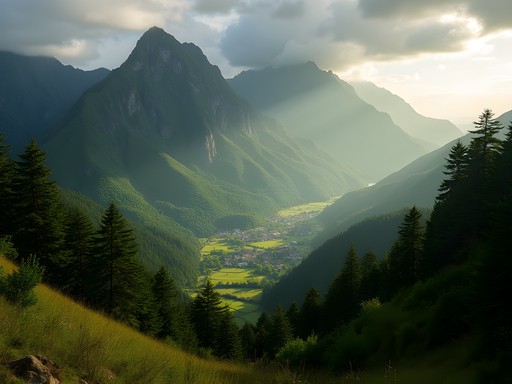
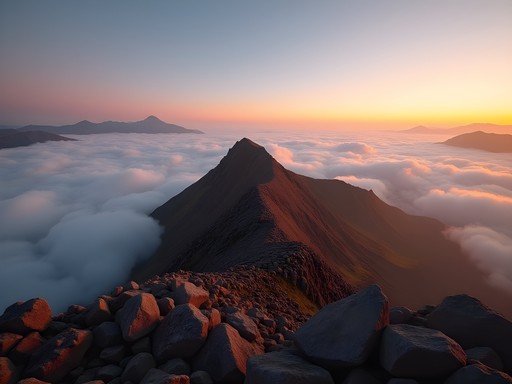
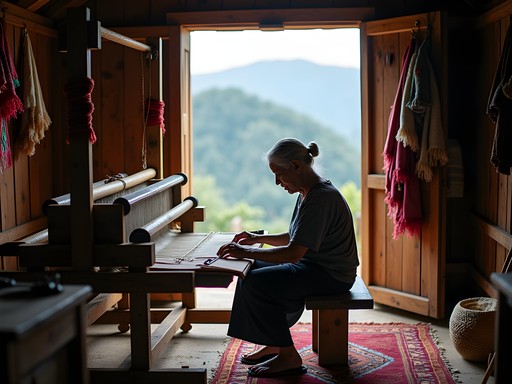
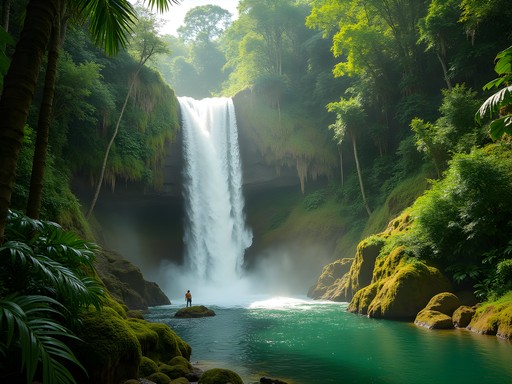



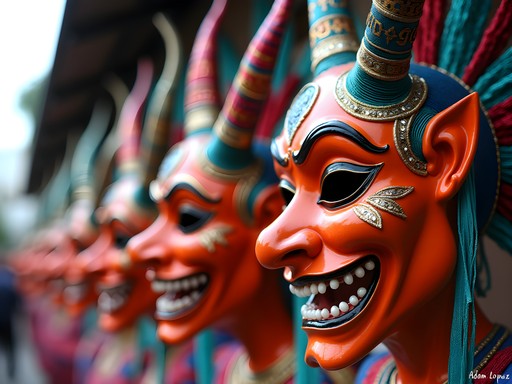
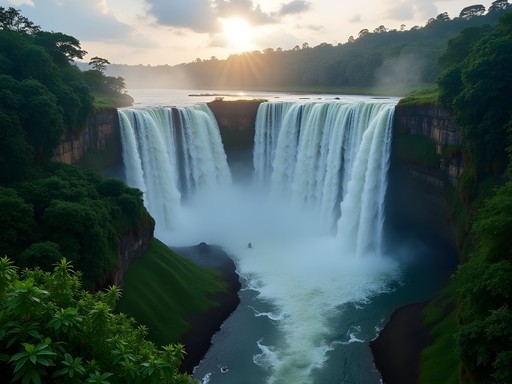
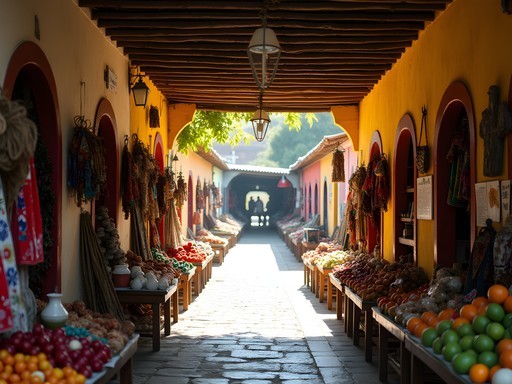
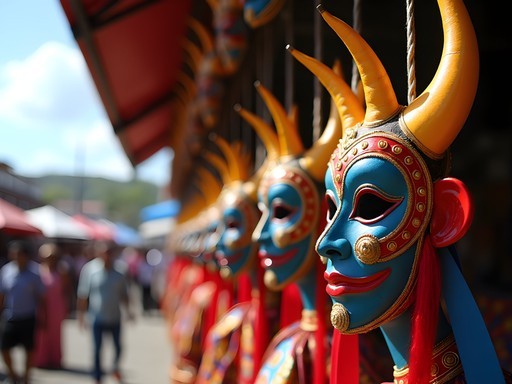


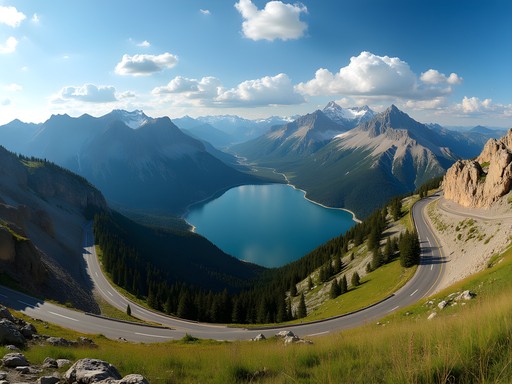
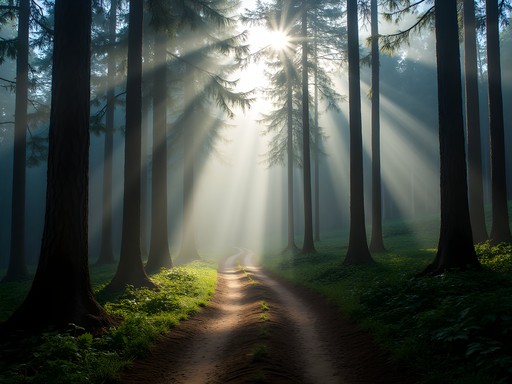
Comments
vacationexplorer
Just got back from DR and included La Vega in our itinerary because of this post - THANK YOU! Salto Jimenoa was the highlight of our entire trip! The water was so refreshing after hiking in that humidity. We stayed at a small eco-lodge near Jarabacoa and the views of the mountains every morning were incredible. The local food was amazing too - make sure to try the fresh mountain cheese everyone! So glad we didn't just stay at the beach resorts the whole time. Nova, your blog has completely changed how I approach travel planning!
Nova Perry
This makes me so happy to hear! So glad you got to experience the mountains and not just the beaches. That mountain cheese is incredible, isn't it?
cityrider
How's the public transportation to get there from Santo Domingo?
vacationexplorer
Not the author but I was there in March! There are regular guaguas (minibuses) from Santo Domingo to La Vega. Pretty cheap but can get crowded. Once you're in La Vega, you'll need to hire local transport to the trailheads. Most hotels can arrange this for you.
cityrider
Thanks for the info! Good to know it's doable without renting a car.
traveltime
Quick tip for anyone heading to La Vega - the local mountain cheese (queso de hoja) is amazing! Almost every small shop sells it. Perfect hiking snack wrapped in a bit of local bread. Also, don't miss trying the local strawberries if you're there in season!
Douglas Bradley
Excellent piece on La Vega, Nova. I hiked Pico Duarte back in 2024 and can confirm it's a transformative experience. The biodiversity in the Cordillera Central is remarkable - I documented over 30 bird species during my ascent. One tip for readers: the temperature variation from base to summit is substantial. I found my layering system essential for the cold nights at higher elevations. The local guides are incredibly knowledgeable about the ecosystem - ask them about the endemic plant species. Did you happen to visit Jarabacoa while in the region? Their coffee plantations offer fascinating tours.
Nova Perry
Thanks Douglas! Yes, I spent two days in Jarabacoa and did a coffee tour - should have mentioned that! The temperature shifts were definitely intense - went from sweating to shivering within hours on Pico Duarte.
sunnyfan
Those artisan trails look amazing! Adding to bucket list!
beachphotographer
Wow, finally someone showing the other side of DR! I've been to Punta Cana twice but had no idea these mountains existed. Those waterfall photos are stunning! How difficult would you say the Pico Duarte hike is for someone who's in decent shape but not a hardcore hiker? Thinking about adding this to my next trip instead of just staying at the resorts the whole time.
Nova Perry
Thanks! Pico Duarte is definitely challenging - it's a 2-3 day trek and you'll need a guide. But there are plenty of easier day hikes around La Vega if you want something less intense. Salto Jimenoa is just a short hike and absolutely worth it!
beachphotographer
That's really helpful, thanks! Maybe I'll start with the waterfall hikes and work my way up to the big mountain someday!
sunnymate
OMG those Salto Jimenoa waterfall pics are STUNNING!! 😍 Adding this to my bucket list immediately! Did you swim in the pools? Was the water freezing?
Nova Perry
I did swim! The water is refreshingly cool but not freezing - perfect after a hot hike. The upper falls have a deeper pool that's great for a proper swim. Just watch your step on the rocks!
triplegend
Did anyone visit during rainy season? Planning for September next year and wondering if trails become impassable.
wanderlustwalker
I went in October a few years back. Some trails get muddy but major routes to Pico Duarte stay open. Bring good waterproof boots though!
Adam Nichols
Excellent coverage of La Vega's mountain treasures, Nova. I tracked the entire Cordillera Central over two weeks last October, and your article captures the essence perfectly. One additional note for serious hikers: the microclimates create fascinating biodiversity zones as you ascend. I documented over 40 bird species on the trails to Pico Duarte alone. For those planning the multi-day trek, I'd recommend my water filter as streams are plentiful but treatment is essential. The artisan trails you mentioned are indeed spectacular - I'd add that visiting during the coffee harvest (October-January) adds another dimension to the experience as you can participate in traditional picking and processing.
sunnyvibes4500
Heading to DR in November but only have 2 weeks total. Is it worth taking 3-4 days away from the coast to visit La Vega? How's the transportation from Punta Cana?
Adam Nichols
Absolutely worth it! The Dominican interior offers a completely different experience. From Punta Cana, you're looking at about 4-5 hours by car. I'd recommend renting a vehicle in Santo Domingo instead and making it a road trip. Public buses connect major towns but schedules can be unpredictable. The temperature difference is significant - pack layers for the mountains even though it's tropical.
Venture X
Premium card with 2X miles, $300 travel credit, Priority Pass